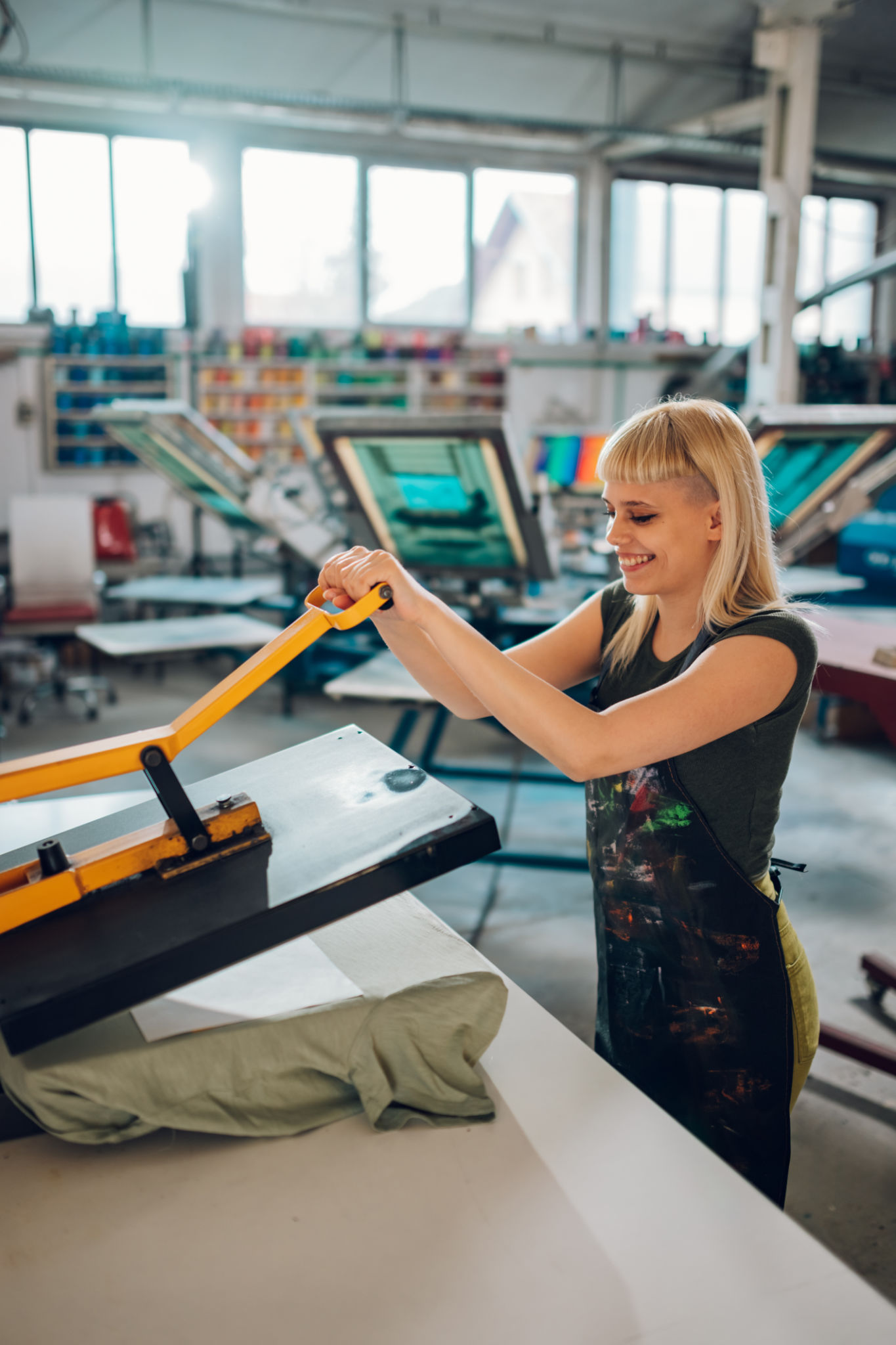Innovative Trends in Product Appearance ID Design
Embracing Minimalism
Minimalism continues to be a powerful trend in product appearance ID design. By focusing on simplicity, designers are able to create products that are both aesthetically pleasing and functional. This approach eliminates clutter and emphasizes the essential elements of a product, resulting in a clean and elegant look. The minimalist design not only enhances the user experience but also aligns with a growing consumer preference for streamlined and efficient products.
Various industries are adopting minimalism to reflect modern values and lifestyles. For instance, tech companies are embracing sleek and straightforward designs for their gadgets, focusing on intuitive interfaces and easy usability.

Use of Sustainable Materials
As environmental concerns become more pressing, there's a significant shift towards using sustainable materials in product design. Designers are exploring innovative materials that reduce environmental impact without compromising on quality or aesthetics. This trend is not just about using recycled materials but also about sourcing components responsibly and ensuring the product lifecycle is eco-friendly.
Consumers are increasingly aware of the ecological footprint of their purchases, making sustainability a key factor in their decision-making process. By integrating sustainable practices, companies can appeal to this growing demographic while contributing positively to the environment.

Integrating Smart Technology
The integration of smart technology into product design is revolutionizing the way we interact with everyday objects. From smart home devices to wearable technology, products are becoming more connected and intelligent. This trend involves embedding sensors, connectivity features, and AI capabilities to enhance functionality and offer personalized experiences.
Smart products provide users with greater control and convenience, allowing them to tailor their interactions according to personal preferences. This integration of technology not only adds value but also sets products apart in a competitive market.

Customization and Personalization
Customization and personalization are becoming increasingly important in product design. Consumers today seek products that reflect their individual tastes and lifestyles. Offering customizable options allows users to have a hand in the design process, creating a sense of ownership and satisfaction.
Brands are leveraging this trend by providing modular designs or configurable features that can be adjusted according to customer preferences. This approach not only enhances user experience but also fosters brand loyalty as customers feel more connected to a product tailored specifically for them.

Focus on Ergonomics
Ergonomics is taking center stage in product appearance ID design as companies strive to improve user comfort and safety. Designing products with the human body in mind ensures that they are easy and comfortable to use, reducing the risk of injury or strain.
This trend is particularly prevalent in the furniture, workspace, and healthcare industries, where ergonomic design can significantly impact user satisfaction and well-being. By prioritizing ergonomics, designers can create products that not only look good but also feel good to use.

Incorporating Biophilic Design
Biophilic design is the practice of incorporating natural elements into product design to create a connection between users and nature. This approach is gaining popularity as people seek environments that foster well-being and reduce stress. By integrating elements such as natural materials, organic shapes, and nature-inspired patterns, designers can create products that evoke a sense of tranquility and harmony.
The benefits of biophilic design extend beyond aesthetics; it has been shown to improve mood, productivity, and overall health. As such, it is becoming a significant focus in various industries aiming to enhance user experiences.
